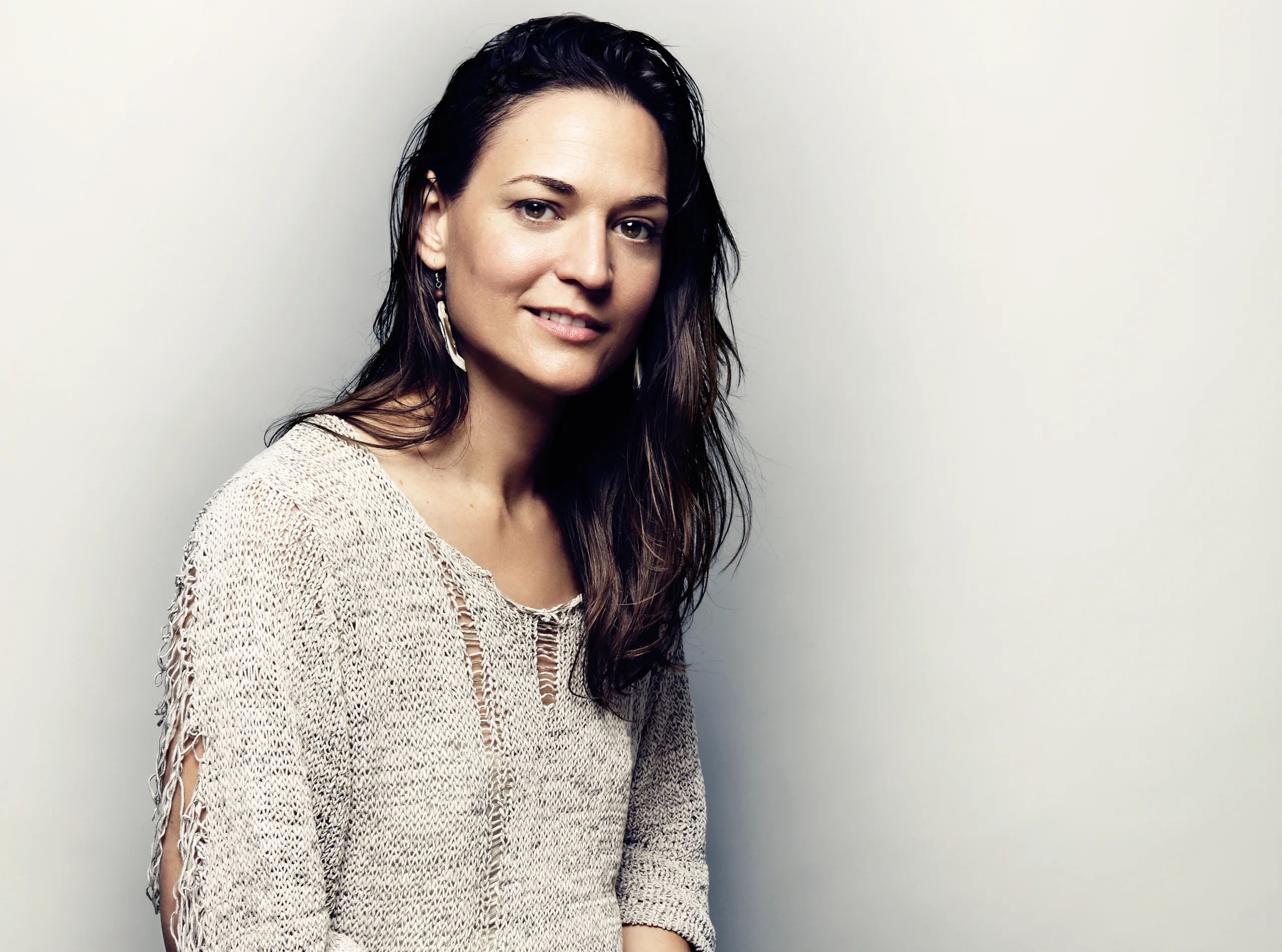Interview for Tai Chi Instructor Kevin M. Sullivan
 Visiting instructor Kevin M. Sullivan recently came to Rancho La Puerta to teach our guests Tai Chi along with Qigong. I was lucky enough to take one of his classes here at the Ranch and learned how meditative Tai Chi and Qigong could be. I had many questions about the practice as well as how Kevin himself got into Tai Chi, so he sat down for an interview with me.
Visiting instructor Kevin M. Sullivan recently came to Rancho La Puerta to teach our guests Tai Chi along with Qigong. I was lucky enough to take one of his classes here at the Ranch and learned how meditative Tai Chi and Qigong could be. I had many questions about the practice as well as how Kevin himself got into Tai Chi, so he sat down for an interview with me.
Kate Bello: What got you interested in martial arts, Tai Chi and Qigong? How long have you been involved in Tai Chi?
Kevin Sullivan: When I watched “Kung Fu” on television as a child, I was intrigued by the ability of one person to defend himself against several opponents and was inspired by the message that true strength lies in the ability to avoid confrontation. Thirty years ago when I was in my early 20s, I decided to pursue the interest sparked in my youth. I studied a system that incorporated eight different styles of martial arts. I learned the external (or hard) martial arts such as Karate and Tae Kwon Do and the internal (or soft) martial arts such as Tai Chi and Aikido. As I grew older and wiser, I learned that hard styles are intended for youth, the period in life when the body is soft, and soft styles should be practiced as the body ages and hardens. As I started focusing on softer forms, I experienced less discomfort in my joints and muscles, which piqued my interest in Tai Chi and Qigong.
KB: It was great having you teach at the Ranch. Where else to you teach, and what can people expect from those classes?
KS: In my classes at various senior centers, adult education programs, and spas, I teach students how Tai Chi and Qigong can improve their health. I emphasize certain aspects of Tai Chi over others depending on the time frame and the venue. One great thing about Tai Chi is that it is adaptable from gentle to rigorous levels, so that people of all ages and of all physical abilities may take advantage of its many benefits. Many seniors fear falling so they are particularly interested in the balance-building aspect of Tai Chi. Students who lead demanding lives may benefit more from the stress-relieving benefits of Tai Chi. Often when people learn that Tai Chi truly is a martial art and that its graceful movements may be used for self-defense, they want to learn more about the meaning behind each movement. I find teaching at Rancho La Puerta particularly gratifying because many guests are curious about the history and origin of Tai Chi. I enjoy showing them various styles of Tai Chi so that they may gravitate towards the styles that best suit their needs when they take the Ranch home with them.
 KB: We had both Tai Chi and Qigong classes at the Ranch, what is the difference between the two forms?
KB: We had both Tai Chi and Qigong classes at the Ranch, what is the difference between the two forms?
KS: Chi (as in Tai Chi) or Qi (as in Qigong) means energy or life force in Chinese Medicine. Tai Chi and Qigong promote health by moving and strengthening this energy throughout the whole body. Qigong is a broad term that encompasses simple movements that are easy to learn as well as Tai Chi, which takes those simple movements and combines them into a dance-like form. Qigong is easier to learn because you don’t have to remember a sequence of movements but can practice each movement individually. Qigong is also easier because it requires less movement. There are many Qigong moves that are practiced standing in one place, sitting down, or lying down.
KB: How do these forms of exercise help our well-being?
KS: They’re good for stress-relief because they can facilitate concentration, relaxation, and meditation. They also can help strengthen the immune system, aid digestion, improve circulation, and build endurance. You can practically say that they’re good for whatever ails you!
KB: How has Tai Chi helped your life?
KS: Tai Chi has helped me have more patience. As a student I realized that I did not pick up movements as quickly as others, but I consistently practiced the movements once I learned them. Now as a teacher, I have learned to have patience with students who may have difficulty understanding the movements and remembering the sequence of movements in a form. And of course I appreciate the way Tai Chi helps me maintain my health.
KB: How can people implement Tai Chi into their fitness routine? What are the benefits?
KS: In addition to the benefits that I mentioned before, Tai Chi improves strength, flexibility, endurance, balance, and coordination. With so many benefits incorporated into one routine, it’s likely that Tai Chi can help improve the practice of any sport or fitness routine.
KB: What are some of your favorite experiences at the Ranch?
KS: I love seeing the progression of the guests from day one when they’re learning the basic principles of Tai Chi to the last day when combining the movements of the form finally clicks in with them. I’m grateful that their journeys don’t end there but are just beginning.
KB: Thank you so much for taking the time to do this interview!
KS: My pleasure!


